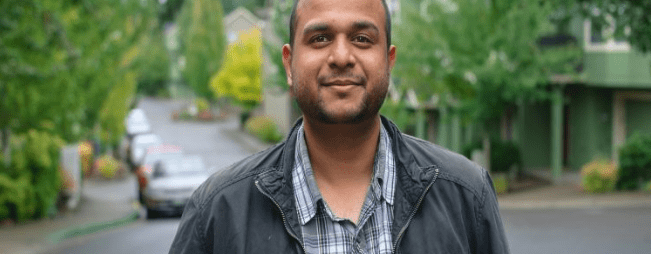“What was he thinking?” It’s the familiar cry of bewildered parents trying to understand why their teenagers act the way they do.
How does the boy who can thoughtfully explain the reasons never to drink and drive end up in a drunken crash? Why does the girl who knows all about birth control find herself pregnant by a boy she doesn’t even like? What happened to the gifted, imaginative child who excelled through high school but then dropped out of college, drifted from job to job and now lives in his parents’ basement?…
What happens when children reach puberty earlier and adulthood later? The answer is: a good deal of teenage weirdness. Fortunately, developmental psychologists and neuroscientists are starting to explain the foundations of that weirdness.
The crucial new idea is that there are two different neural and psychological systems that interact to turn children into adults. Over the past two centuries, and even more over the past generation, the developmental timing of these two systems has changed. That, in turn, has profoundly changed adolescence and produced new kinds of adolescent woe. The big question for anyone who deals with young people today is how we can go about bringing these cogs of the teenage mind into sync once again.
The first of these systems has to do with emotion and motivation. It is very closely linked to the biological and chemical changes of puberty and involves the areas of the brain that respond to rewards. This is the system that turns placid 10-year-olds into restless, exuberant, emotionally intense teenagers, desperate to attain every goal, fulfill every desire and experience every sensation. Later, it turns them back into relatively placid adults.
Recent studies in the neuroscientist B.J. Casey’s lab at Cornell University suggest that adolescents aren’t reckless because they underestimate risks, but because they overestimate rewards—or, rather, find rewards more rewarding than adults do. The reward centers of the adolescent brain are much more active than those of either children or adults. Think about the incomparable intensity of first love, the never-to-be-recaptured glory of the high-school basketball championship.
What teenagers want most of all are social rewards, especially the respect of their peers. In a recent study by the developmental psychologist Laurence Steinberg at Temple University, teenagers did a simulated high-risk driving task while they were lying in an fMRI brain-imaging machine. The reward system of their brains lighted up much more when they thought another teenager was watching what they did—and they took more risks….
The second crucial system in our brains has to do with control; it channels and harnesses all that seething energy. In particular, the prefrontal cortex reaches out to guide other parts of the brain, including the parts that govern motivation and emotion. This is the system that inhibits impulses and guides decision-making, that encourages long-term planning and delays gratification.
This control system depends much more on learning. It becomes increasingly effective throughout childhood and continues to develop during adolescence and adulthood, as we gain more experience. You come to make better decisions by making not-so-good decisions and then correcting them. You get to be a good planner by making plans, implementing them and seeing the results again and again. Expertise comes with experience….
In contemporary life, the relationship between these two systems has changed dramatically. Puberty arrives earlier, and the motivational system kicks in earlier too.
At the same time, contemporary children have very little experience with the kinds of tasks that they’ll have to perform as grown-ups. Children have increasingly little chance to practice even basic skills like cooking and caregiving. Contemporary adolescents and pre-adolescents often don’t do much of anything except go to school. Even the paper route and the baby-sitting job have largely disappeared.
The experience of trying to achieve a real goal in real time in the real world is increasingly delayed, and the growth of the control system depends on just those experiences. The pediatrician and developmental psychologist Ronald Dahl at the University of California, Berkeley, has a good metaphor for the result: Today’s adolescents develop an accelerator a long time before they can steer and brake.











